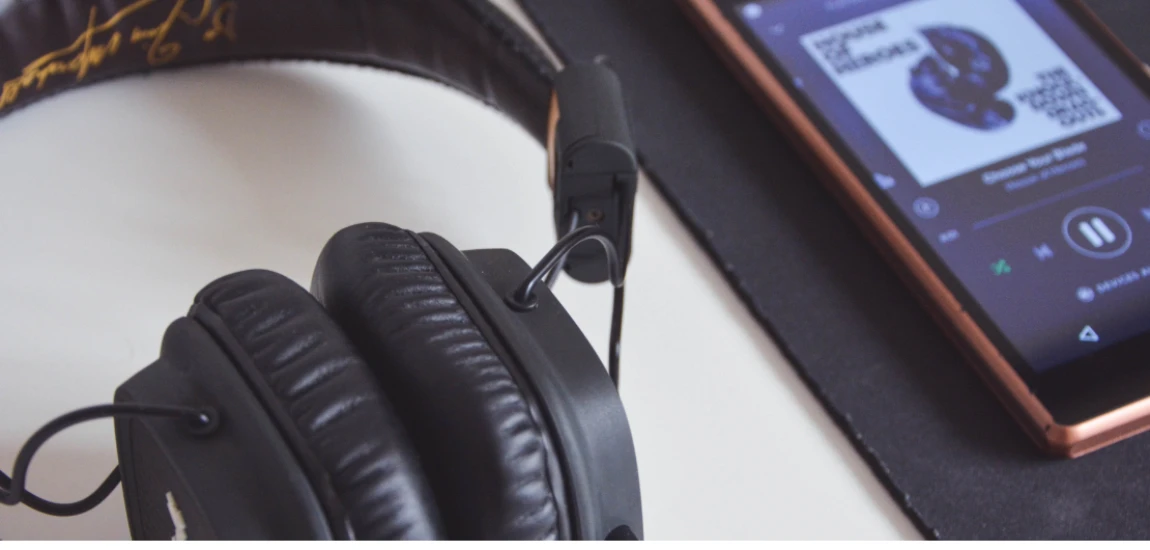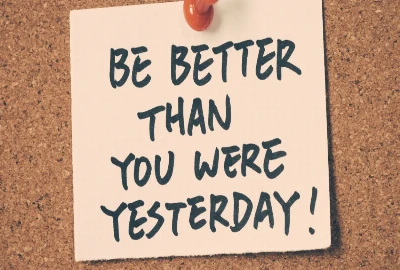Why Every Soundtrack Sounds Like a Sad Girl Playlist (And We’re Not Mad About It)

There was a time when movie and TV soundtracks leaned heavily on sweeping orchestras, adrenaline-pumping anthems, or chart-topping pop bangers. But in the last few years, there’s been a noticeable shift: more and more soundtracks sound like they could have been pulled straight from a Spotify “Sad Girl” playlist. Whispery vocals, slow guitar strums, melancholy piano notes, and dreamy reverb now set the emotional tone for everything from indie films to Netflix dramas.
This shift isn’t an accident—it’s cultural. The “sad girl playlist” aesthetic has moved from niche corners of Tumblr and TikTok to the mainstream. Artists like Phoebe Bridgers, Billie Eilish, Mitski, Lana Del Rey, and Clairo embody the sound of modern melancholy. Their music isn’t about wallowing; it’s about intimacy, honesty, and vulnerability. And that exact quality has made it irresistible to directors, music supervisors, and producers who want their scenes to hit deeper.
In today’s media landscape, a show doesn’t just want to entertain—it wants to emotionally resonate. Whether it’s a breakup montage, a coming-of-age moment, or even an action sequence layered with unexpected emotion, the soundtrack matters more than ever. And right now, nothing resonates quite like the soft ache of a sad girl anthem.
So why exactly has this style become the dominant mood of soundtracks? Let’s break down the cultural, emotional, and cinematic reasons every soundtrack feels like a sad girl playlist—and why we’re absolutely here for it.
Why Sad Girl Music Works So Well on Screen
At its core, a soundtrack is about creating emotional impact. Directors and music supervisors have always used music to heighten feeling—think of John Williams’ swelling orchestral scores or the way 2000s rom-coms dropped upbeat pop to make heartbreaks palatable. But in the 2020s, the sad girl sound offers something that those older approaches don’t: vulnerability that feels both personal and cinematic.
Sad girl music is often stripped down, relying on acoustic guitar, lo-fi beats, or airy vocals. This intimacy creates the sense that the singer is whispering directly to you. When layered over a film scene, this effect can make audiences feel like they’re eavesdropping on a character’s internal monologue. Instead of telling us how a character feels, the song allows us to feel with them.
Another reason it works so well is flexibility. Sad girl anthems can fit nearly any kind of story. A song by Phoebe Bridgers might underscore a tearful breakup, but it could just as easily soundtrack a coming-of-age road trip or even a sci-fi moment of existential reflection. The music’s emotional openness allows it to transcend genre, which is why you’ll hear it in prestige dramas, indie films, and even big-budget series.
Finally, audiences crave authenticity. Traditional soundtracks sometimes feel too polished or manipulative, but sad girl music has a raw, unfiltered edge. It taps into the cultural appetite for media that reflects real, messy, imperfect emotions. That authenticity makes the viewing experience richer—and much harder to forget.

The Role of Streaming and Playlists in Shaping Soundtracks
If the last decade has taught us anything, it’s that the way we consume music directly impacts the kind of music that gets made. Streaming platforms like Spotify, Apple Music, and YouTube have transformed listening into a curated experience, dominated by mood-based playlists. One of the most influential? The “Sad Girl Starter Pack” or “Sad Indie” playlist.
Music supervisors for TV and film aren’t just crate-digging in record stores anymore—they’re scrolling through playlists just like the rest of us. When a song trends on TikTok or racks up millions of streams on a “sad vibes” playlist, it signals to the industry that audiences are emotionally connecting to that sound. And since film and TV increasingly rely on cross-promotion with streaming platforms, sad girl songs become an obvious choice for soundtracks.
There’s also the binge factor. When people marathon a show on Netflix or HBO Max, music becomes a thread that carries them through. A consistent, moody soundtrack helps build atmosphere and brand identity. Think of shows like Euphoria or Normal People, both of which use sad girl-inspired tracks to create immersive emotional worlds. Fans don’t just watch—they feel, and then they go stream the soundtrack. That symbiotic cycle has made this sound both artistically powerful and commercially smart.
In many ways, streaming has democratized soundtrack selection. Instead of relying solely on big-name artists, supervisors can pull from the same indie, bedroom-produced tracks you’d find on a TikTok edit. The result is that today’s soundtracks feel more personal and reflective of what audiences are already listening to—which, more often than not, is sad girl music.

How Sad Girl Aesthetics Redefine Storytelling
Music isn’t just background noise—it’s storytelling. And the sad girl playlist sound has reshaped how stories are told on screen. Traditionally, soundtracks either amplified action (with loud scores) or softened emotional blows (with pop hits). Sad girl music, however, operates differently: it deepens narrative ambiguity.
Take, for example, the way a delicate Mitski track might underscore a breakup scene. Instead of telling viewers “this is sad,” it invites them to sit with the complexity of the moment. Maybe the character is sad, maybe they’re relieved, maybe they’re both. The open-ended, haunting nature of the music mirrors the emotional messiness of real life.
This aesthetic also aligns perfectly with the rise of antiheroes, morally gray characters, and introspective narratives. In an era where viewers are drawn to complicated protagonists—whether it’s Rue in Euphoria or the conflicted lovers in Normal People—sad girl music provides the perfect sonic backdrop. It doesn’t resolve tension; it amplifies it.
The visual aesthetic of sad girl music also bleeds into filmmaking. Think muted color palettes, rainy car windows, and quiet moments of self-reflection. Directors often craft entire scenes around the vibe of a song, creating a seamless blend of sight and sound. In this way, sad girl playlists don’t just soundtrack stories—they inspire how stories are told.

Why Audiences Aren’t Mad About It
It’s one thing for soundtracks to adopt a trend—it’s another for audiences to embrace it. But if streaming numbers, social media edits, and the viral life of songs are any indication, people aren’t just tolerating the sad girl sound; they’re craving it.
Why? Because it feels honest. In a world oversaturated with high-energy content, relentless marketing, and constant noise, there’s something deeply comforting about a song that whispers rather than shouts. Sad girl playlists give people permission to slow down, reflect, and embrace their feelings without judgment. When this aesthetic is applied to film and TV, it creates a more intimate viewing experience that lingers long after the credits roll.
There’s also a sense of recognition. Millennials and Gen Z have grown up in uncertain times, and the music reflects that collective emotional climate. Sad girl soundtracks act as both mirror and balm, articulating feelings many struggle to put into words. Instead of escapism, audiences are drawn to resonance—to media that says, “I feel this way too.”
And let’s not forget the cultural cool factor. Sharing a scene soundtracked by Phoebe Bridgers or Billie Eilish is almost as much about identity as it is about taste. These songs carry cultural capital, signaling that a show or movie is in touch with the emotional and aesthetic sensibilities of its audience. Far from being a passing trend, this makes sad girl playlists a defining part of how stories are told and consumed today.




